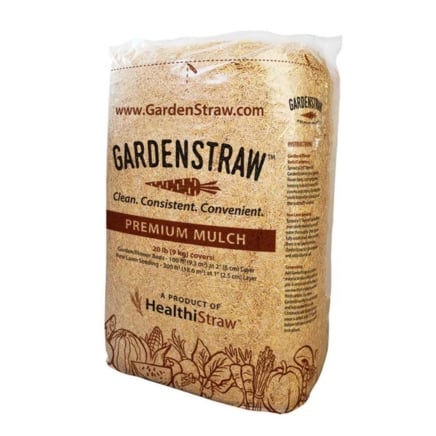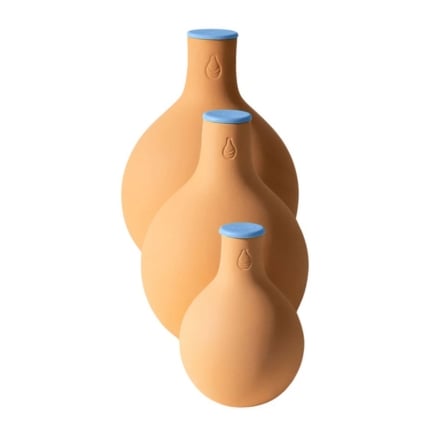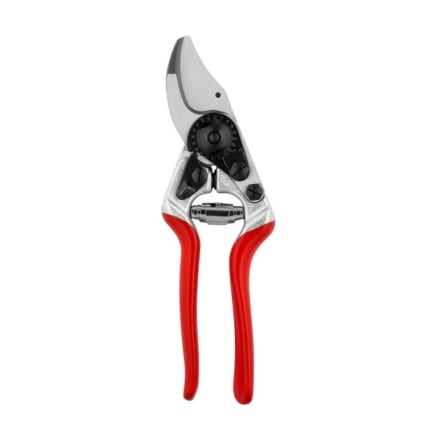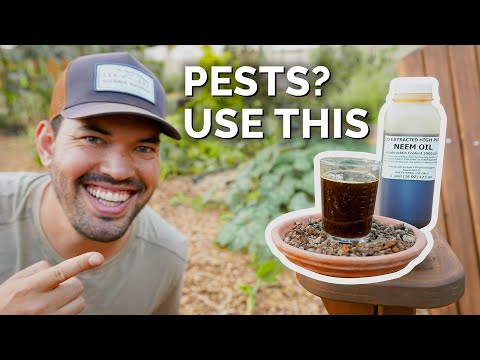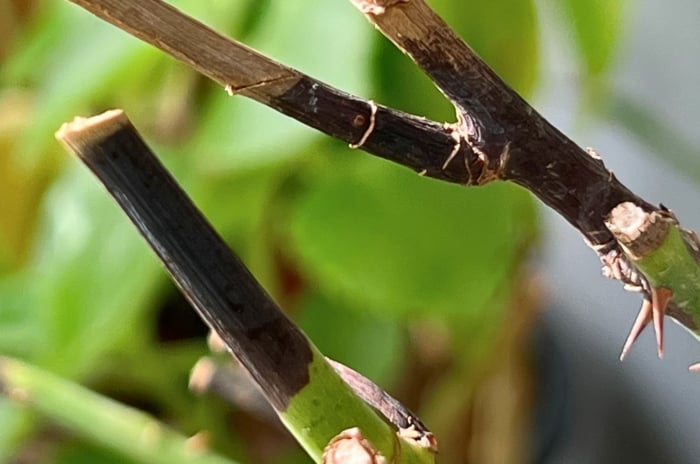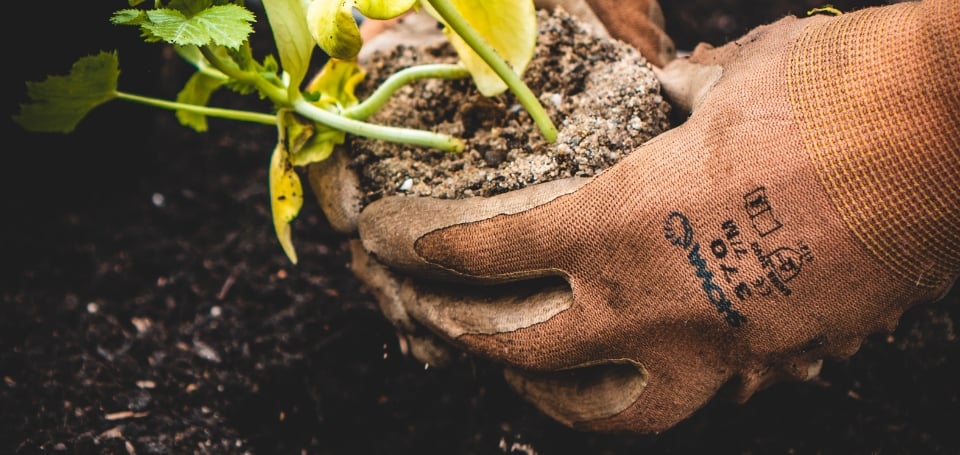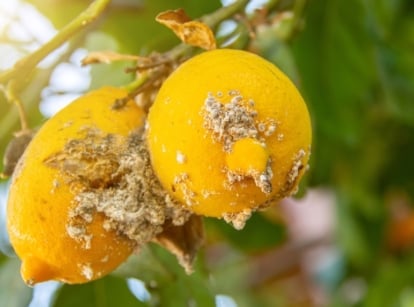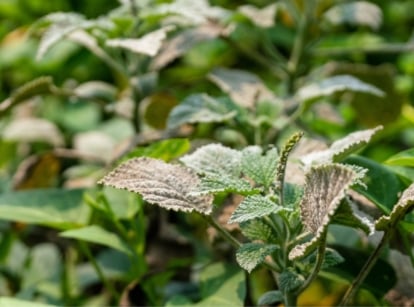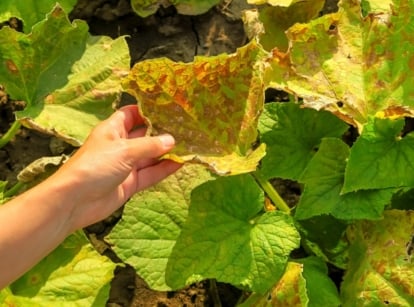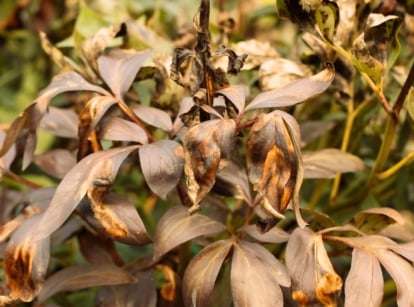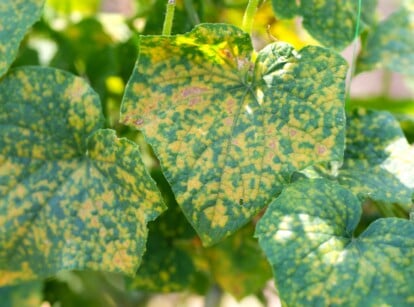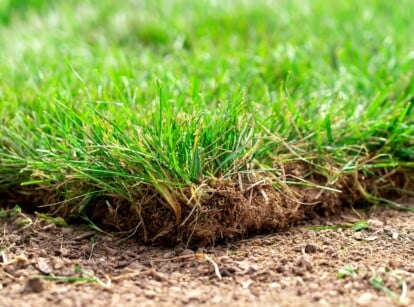7 Garden Diseases That Are Most Active in the Summer Heat
The warm temperatures and humidity of summer create ideal conditions for many garden diseases. Join gardening expert Melissa Strauss to discuss potential disease issues in the summer garden and how to deal with them before they become problematic.

Contents
For several reasons, summer is often the peak time for many of the most problematic garden diseases. The environmental conditions during this time favor the spread and growth of many pathogens. These can be fungal, bacterial, or viral, and some are quite damaging if not identified and treated promptly.
Many pathogens thrive in the warm summer weather. The heat accelerates their development cycles, allowing them to proliferate and spread more easily. Along with the heat, high humidity helps spores to germinate. It also leaves foliage damp, which encourages the growth of fungi and bacteria.
By mid-summer, plants are fuller and denser, reducing airflow. This traps humidity and slows the evaporation rate of the moisture. Other stressors (such as heat, drought, and nutrient deficiency) weaken them, making them more vulnerable.
To top it all off, insect activity is highest in the summer. These pests can transmit bacterial and viral infections. The combination of these factors creates the perfect storm.
Heat, moisture, overcrowding, stress, and pests are enough to cause problems in the healthiest of gardens. Here are some common summer garden diseases you may encounter, along with tips on how to manage them.
Powdery Mildew

Powdery mildew is one of the most common summer garden diseases. It’s a fungal infection that affects a wide array of species. The name comes from the white, powdery coating it leaves on foliage, stems, and occasionally flowers and fruit.
While it won’t kill your garden outright, it can reduce vigor and weaken it over time.
What Causes Powdery Mildew?

Spores travel by wind, water, or insects, and once established, they spread quickly. Contributing factors include poor air circulation, warm days with cooler nights, and limited sunlight.
Symptoms
Powdery mildew begins as small white spots, but they expand quickly. A white, powdery coating covers the upper leaf surfaces, and sometimes stems and buds. As the disease advances, leaves may yellow, curl, and become distorted. Stunted growth and deformed fruit and flowers are common symptoms of advanced powdery mildew.
Prevention
Prevent powdery mildew by spacing your plants properly to allow for ventilation. Water early in the day and avoid overhead watering, which can leave moisture on the foliage. Thin out the interior of plants to improve air circulation and sunlight penetration.
Treatment
Remove the affected foliage and destroy it; don’t compost. Fungicidal sprays are effective in preventing the spread of this disease. Neem oil, horticultural oil, sodium bicarbonate, and copper-based fungicide are all effective ways to keep the disease from spreading to healthy plant tissue.
Downy Mildew

Downy mildew is a more serious fungal garden disease that is common in summer. It’s caused by several water molds that resemble fungi. It infects leaves, stems, flowers, and fruit, and can lead to significant damage. It can move rapidly and destroy leaves and stems, so early detection and treatment are essential.
What Causes Downy Mildew?

Mold spores travel on the wind and by splashes of water. Some types are specific to their host, but most spread widely across different hosts. The spores can overwinter in both soil and garden debris.
Cool, moist weather with overnight humidity and dew is a common condition for this summer garden disease. It’s more common in plants that are crowded or planted in shaded spaces.
Symptoms
The first signs of downy mildew are angular yellow, light green, or brown spots on the upper surface of leaves. The underside of the leaves will show fuzzy mold spots directly underneath the spots on top. These may be gray, white, or purple. As the disease progresses, infected leaves will curl, dry up, and drop off completely.
Prevention
Water early in the day, and at the base of your plants. Proper spacing and pruning also help to reduce the spread. The preventive use of fungicides is more effective than their use after the infection is already present.
Treatment
Remove and destroy affected plants. Do not compost them. Treat nearby plants with fungicides to prevent the spread. Crop rotation is helpful in vegetable gardens.
Early Blight

Early blight is a destructive and common summer garden disease caused by the fungus Alternaria solani. It primarily affects nightshades such as tomatoes, potatoes, and eggplants.
Although the name implies it will happen early in the season, it can occur at any stage of growth, most commonly in the summer. It can defoliate plants, reduce yield, and weaken growth in general. Early detection and treatment are important.
What Causes Early Blight?

Warm temperatures, frequent rain, and high humidity all favor the spread of this pathogen. Plants that are already weakened by stress are more vulnerable. It survives in debris, seeds, and even in the soil.
The fungus spreads by wind, tools, hands, and water droplets. It can persist in the soil for years if it’s not properly managed in the garden.
Symptoms
Small, dark spots with a bull’s-eye pattern typically appear on older leaves and expand outward. Leaves then turn yellow and drop prematurely. Lesions occur on stems, leaving sunken areas. Fruits may develop dark, leathery, sunken spots near the stem end.
Prevention
Crop rotation is an important preventative measure. Avoid planting nightshades in the same spaces for two to three years. Always water at the base of your plants, and clean up debris from the ground around their bases. Mulch helps to prevent soil splash, and keeping the bottom leaves pruned facilitates proper airflow.
Treatment
Apply fungicides at the first sign of disease. Remove affected foliage and fruit. Copper-based and biofungicides are both effective treatments.
Septoria Leaf Spot

Septoria leaf spot is a fungal summer garden disease caused by the pathogen Septoria lycopersici. It’s particularly problematic for tomatoes and related species. While it affects the foliage, not the fruits, its effects can reduce yields.
While it may not be the most serious on the list, it can reduce overall productivity in the summer vegetable garden. It weakens plants and can expose fruits to sunscald.
What Causes Septoria Leaf Spot?

Septoria leaf spot spreads by water splashing from the soil during rain or watering. It can also spread on the wind, on tools, by insects, and by humans. It overwinters in debris and soil. Warm, humid weather and frequent rain are the conditions that favor the proliferation of this summer garden disease.
Symptoms
Small, circular spots form with dark edges and gray centers. Spots may have a yellow halo. It typically starts on the lower leaves and spreads upward. Leaves wither, turn yellow, and drop prematurely.
Prevention
Crop rotation is essential to prevention. Use mulch to reduce soil splash, and water at the base of plants. Prune the lower leaves to improve air flow. Keep plant debris cleaned up.
Treatment
Remove affected foliage as soon as you see it. Use a copper-based fungicide to treat the rest of the plant and any nearby plants. Preventative fungicide use is also helpful.
Bacterial Leaf Spot

Bacterial leaf spot is a bacterial disease that can be harder to control than fungal diseases. It’s caused by several species of bacteria, and is most common in the garden in summer. The most common are Xanthomonas and Pseudomonas. It affects both vegetable and flowering species.
This common summer garden disease can reduce the yield and quality of your vegetable crops. It’s especially harmful for peppers and tomatoes.
What Causes Bacterial Leaf Spot?

The conditions that favor this garden disease include warm, wet weather, overhead watering, and high humidity. Dense foliage and insect damage also encourage the spread. It can spread by splashing water droplets, tools, hands, infected seeds and plants, and debris.
Symptoms
Small, water-soaked spots will turn black or dark brown. They may have yellow halos. As it progresses, the spots dry out, leaving holes in the leaves. In severe cases, leaves may turn yellow and drop prematurely. On fruits, you may find raised lesions that are sunken or scabby.
Prevention
Avoid overhead watering, which leaves water on the foliage. Crop rotation is a good preventative measure. Always sanitize your tools, and avoid working on plants while they’re wet. Focus on insect control as they can cause wounds and spread bacteria.
Treatment
Copper-based sprays will slow the spread, but you can’t cure this one. Remove infected leaves, or entire plants if they’re heavily infected.
Anthracnose

Anthracnose refers to a group of fungal diseases affecting gardens, caused by different species of fungi. It can affect vegetables, fruits, ornamentals, shrubs, and trees. If untreated, it can cause significant damage, reduce yield, deform fruits, defoliate plants, and weaken growth in general.
What Causes Anthracnose?

Warm, humid weather, poor ventilation, and frequent rainfall or overhead watering are common causes of this issue. Infected debris and seeds also spread this summer garden disease.
The spores spread through water splash, insects, wind, tools, or human contact. It overwinters in seeds, infected tissues, and debris. Moisture is the primary catalyst for its spread.
Symptoms
Leaves show small, dark, sunken spots that may have yellow halos and be irregular in shape. Dark sunken cankers can occur on stems, and oozing lesions are common on fruits. Leaves may curl, wilt, or drop altogether.
Prevention
Remove and destroy any infected tissue. Do not compost. Water at the base of plants, and use mulch to prevent soil splash. Keep plants pruned to ensure proper airflow, and remove debris from the surrounding area. Crop rotation is also an important preventative measure.
Treatment
Remove and dispose of infected leaves, stems, branches, and fruits. Use copper-based fungicide. The earlier you treat, the better the chance of mitigating the damage.
Rust

Rust is a common and easily identifiable fungal disease that affects a wide range of plants in the garden in summer. It’s named for the appearance of its spots. It spreads easily, and though it’s rarely fatal, it can impact overall health and productivity.
What Causes Rust?

Rust favors high humidity and frequent moisture, such as dew, rain, or overhead watering. It thrives in moderate to warm temperatures and crowded plantings with poor air circulation. The spores are airborne. They spread by wind, water, tools, and insects. They can overwinter on plant debris and in perennials.
Symptoms
Initially, pale yellow or white spots appear on the upper surface of the leaves. The underside of these spots will have pustules ranging in color from rust to yellow or sometimes black. As it progresses, the leaves may dry out, curl, and fall off. It may also limit flowering and weaken the plant in general.
Prevention
Always water at the base of plants and keep them pruned for proper airflow. Rotate crops, and clean up debris from around the bottom of plants, especially at the end of the season.
Treatment
Remove the affected foliage and dispose of it. Prune the plant for airflow and apply fungicides. Sulfur or copper-based fungicides are effective. Rotate crops, avoiding other susceptible plants in the same spot in consecutive years.

